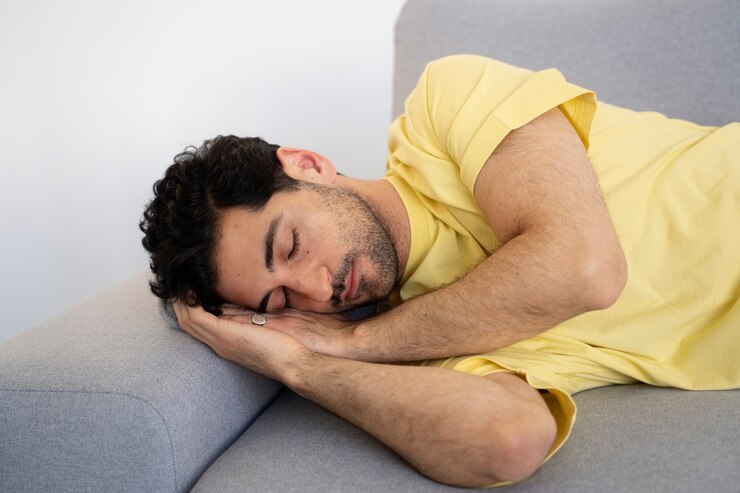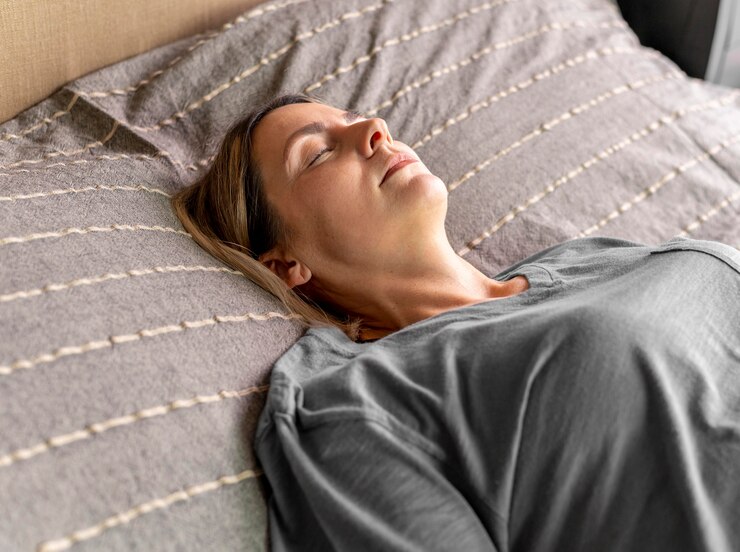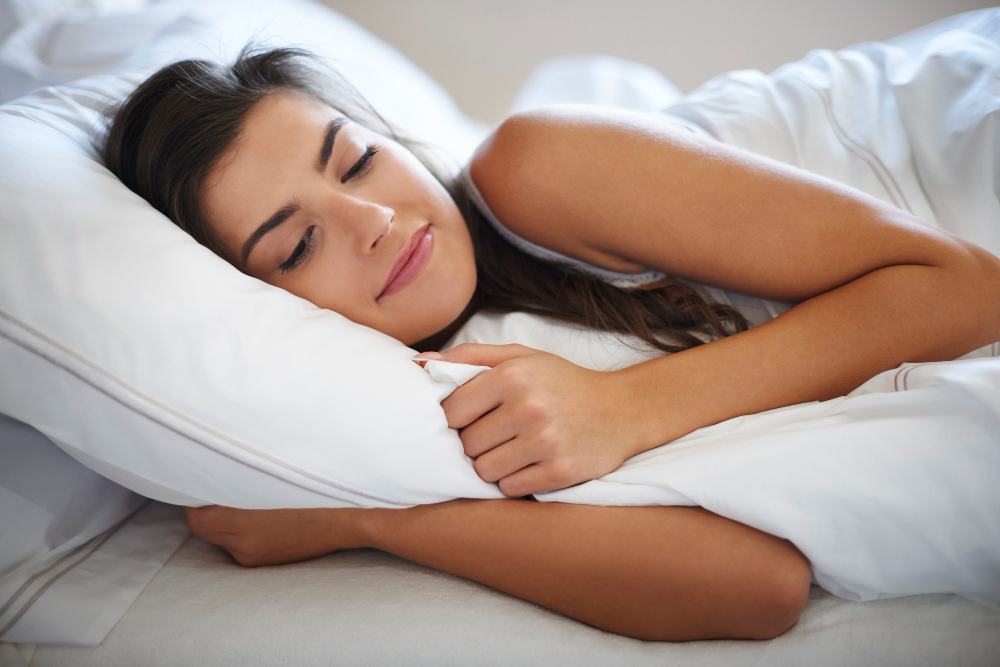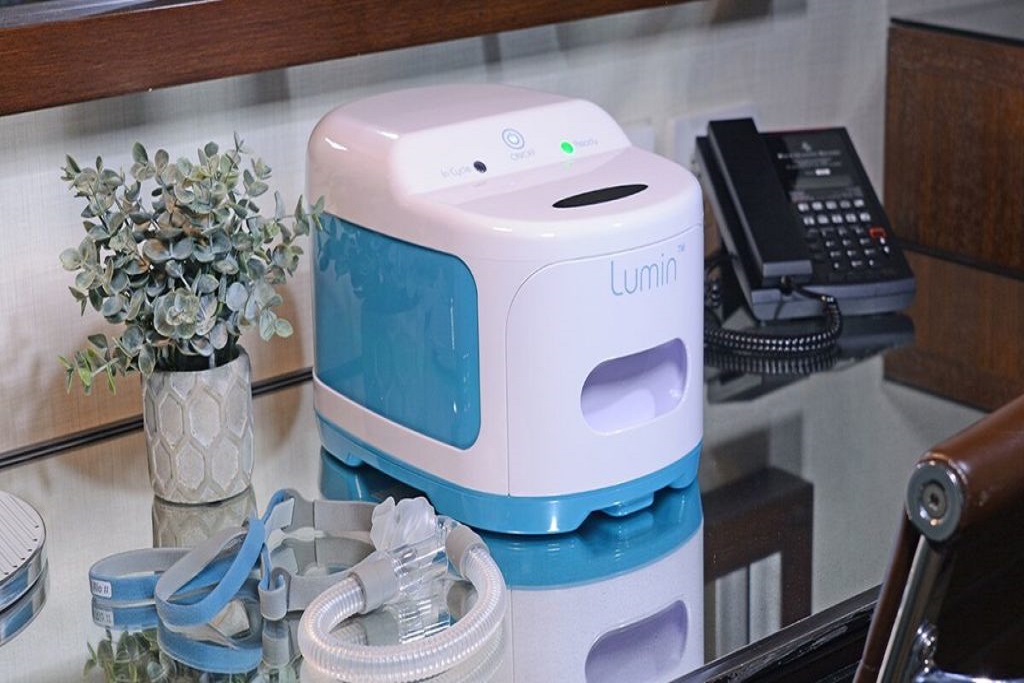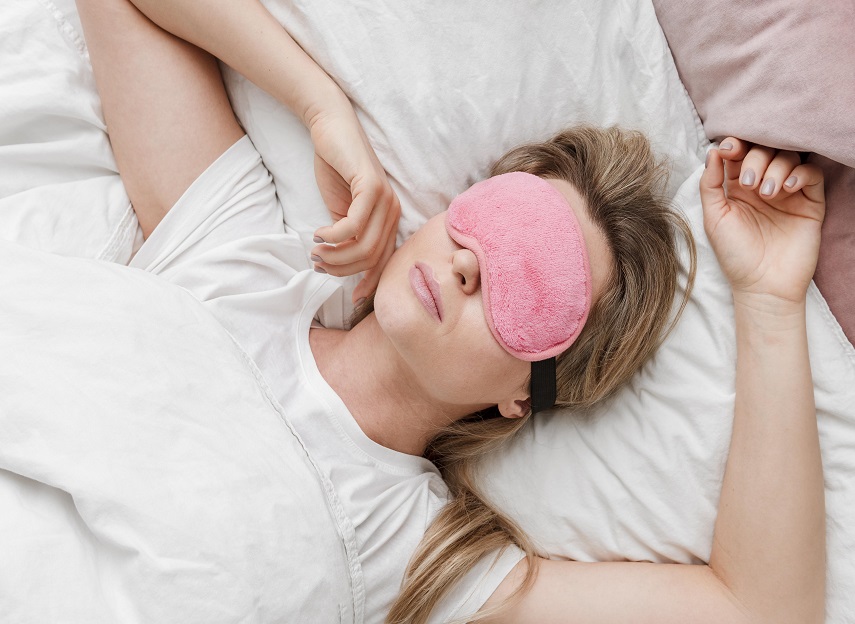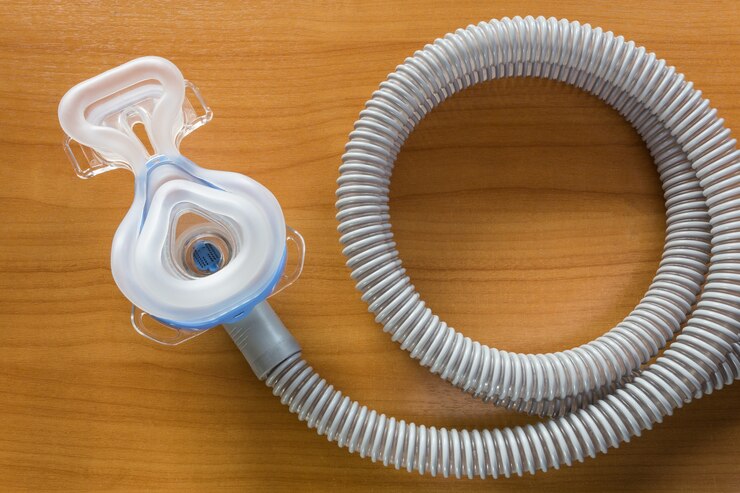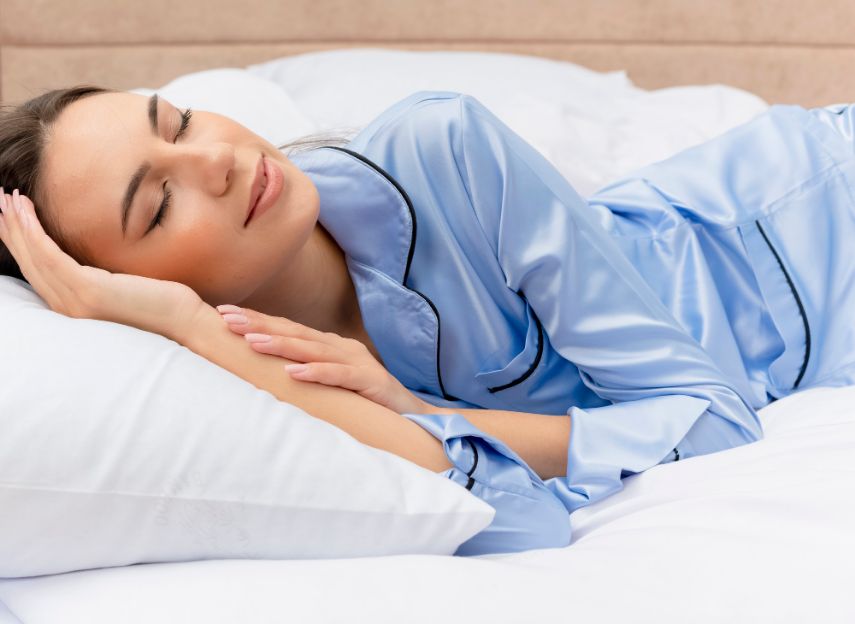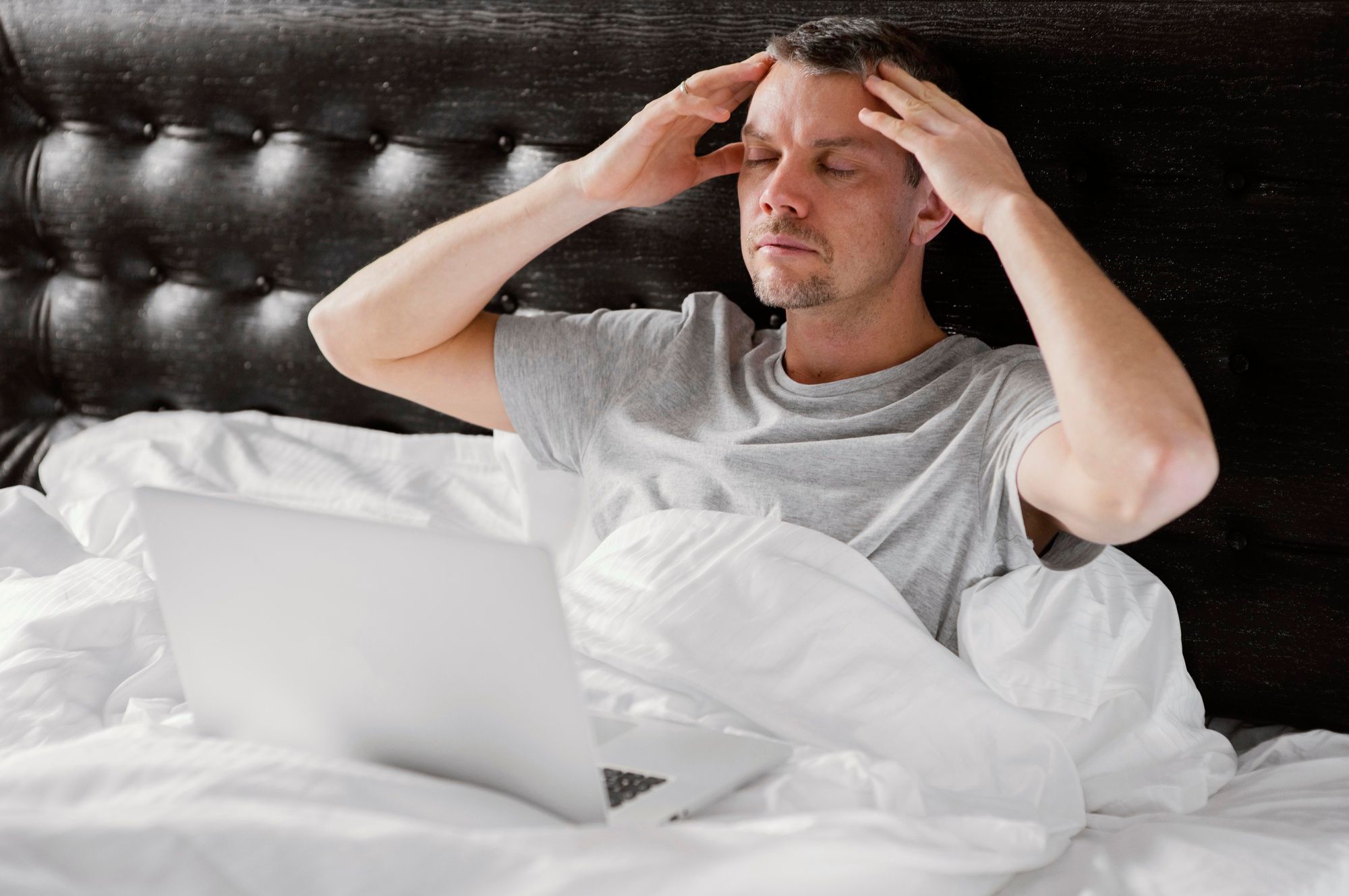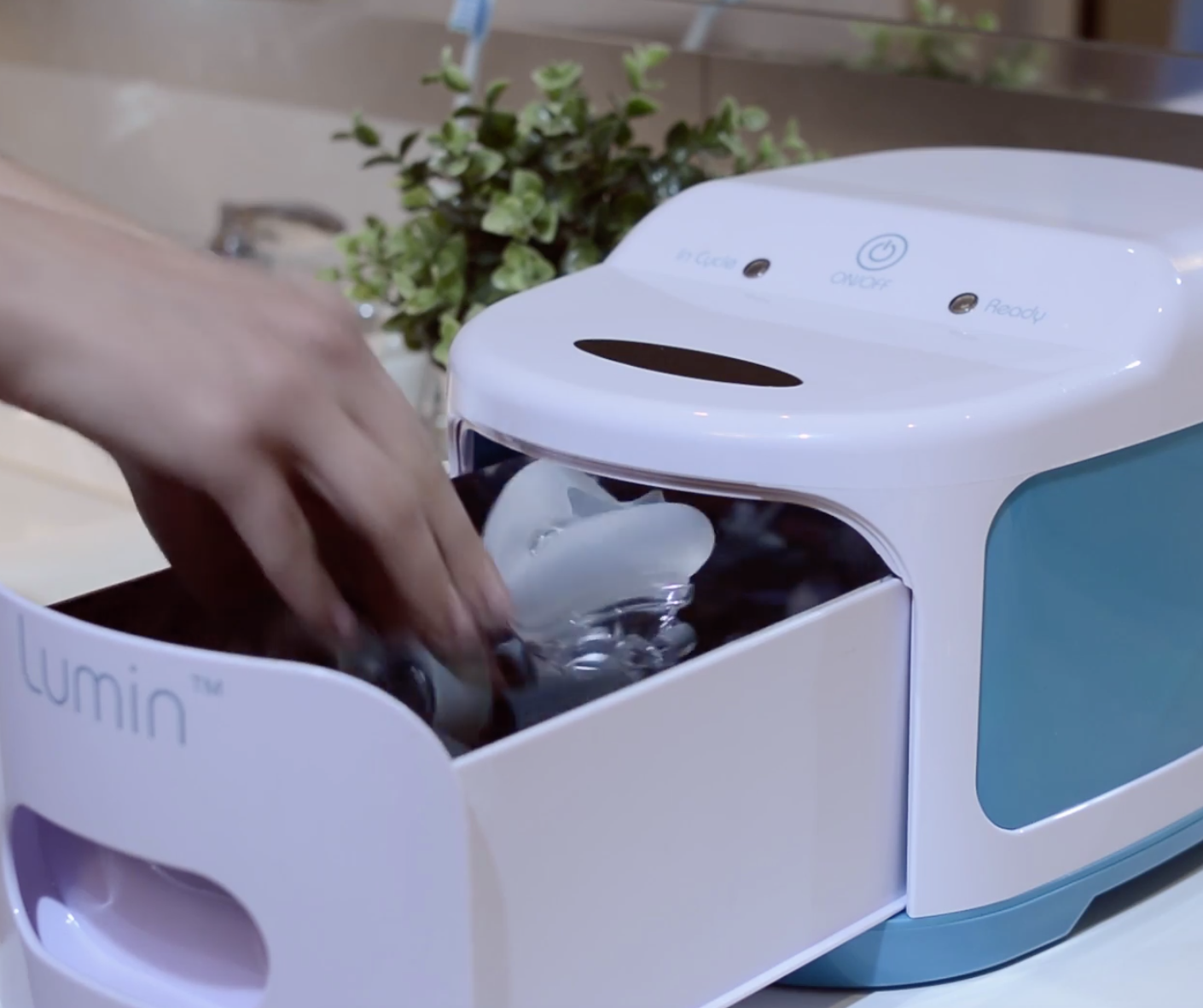When it comes to health concerns, people talk about how we sleep. More precisely, the question is raised: Is sleeping on your left side harmful to your heart? We also go over the importance of keeping your CPAP gear clean regularly about this subject. Together, we will explore the specifics of these problems and practical solutions to maintain both your heart health and the cleanliness of your CPAP machine.
Debunking the Myth: Sleeping on Your Left Side and Heart Health
Is Sleeping On Your Left Side Bad For Your Heart? This question has long been a question of speculation. It’s often said that sleeping on the left side can impact blood circulation while putting a strain on your heart.
However, many medical professionals state that there is no strong evidence suggesting any negative impact on heart health due to sleeping on the left side. Sleeping on your left side can relieve certain illnesses, such as gastroesophageal reflux disease (GERD) or acid reflux. It is because this sleep position can keep stomach acid from going back to the esophagus.
Since everyone has distinct preferences when it comes to sleeping positions, what suits one person may not work for another. So, people need to find a comfortable sleeping position to get deep sleep. After all, a peaceful sleep is what one needs to improve one’s health without creating any discomfort.
CPAP Cleaning For Better Sleep
For people using a CPAP (Continuous Positive Airway Pressure) machine to treat sleep apnea, it’s vital to maintain the hygiene of their device. For effective and safe use, CPAP accessories, like tubing, masks, and humidifier chambers, need proper cleaning regularly.
If you ignore its cleanliness, it may lead to the accumulation of mould, germs, and other pathogens. This can lead to several health hazards while reducing the effectiveness of CPAP therapy. Even manufacturers recommend regular cleaning of CPAP equipment.
CPAP Cleaning Made Easy with Innovative Solution
While it is vital to maintain proper CPAP hygiene, doing so can be time-consuming and labourious. Thanks to technological advancements, users can find practical ways to expedite the CPAP cleaning procedure.
The Lumin CPAP Sanitiser is cutting-edge equipment whose one-touch sanitising mechanism makes CPAP hygiene convenient. Lumin CPAP Sanitiser can effectively clean CPAP accessories without the need for soapy water and manual cleaning.
This device can hold tubing, masks, humidifier chambers, and other breathing device accessories, due to its easy-access tray. Within just five minutes, the device’s advanced sanitising procedure ensures that every accessory is completely cleaned and ready to use.
Why Choose Lumin CPAP Sanitiser?
The Lumin CPAP Sanitiser is a great option when it comes to CPAP hygiene for various reasons, like:
Efficiency:
The Lumin CPAP Sanitiser offers unmatched efficiency with a five-minute sanitising cycle, thanks to the one-touch operation. So, the days of labour-intensive cleaning schedules are gone.
Safety:
Safety is a must when it comes to thorough CPAP hygiene. Keeping user safety in mind, the Lumin CPAP Sanitiser makes use of UV-C light technology that efficiently disinfects accessories without any harmful chemicals. It ensures that CPAP equipment is clean and sanitises without compromising the health of the users.
Versatility:
The Lumin CPAP Sanitiser is versatile and adaptable in contrast to other sanitising techniques with restricted uses. Thanks to its easy tray’s adaptability to hold various equipment, like tubing, masks, etc., it is a practical option for users with distinct CPAP configurations.
Conclusion:
Dispelling the notion among people, sleeping on the left side isn’t harmful to your heart. When it comes to improving heart health, you need to focus on regular exercise, diet, and general lifestyle choices.
If you take CPAP therapy, consider a CPAP cleaning machine for maintaining good equipment hygiene. This assures the efficacy and safety of regular CPAP treatment. Using cutting-edge devices, like Lumin CPAP sanitiser, can help users to clean their CPAP accessories easily. Hence, users can effectively make the most of their therapy without worrying about the risk of unwanted health conditions due to unhygienic equipment.
You need to take proactive actions to lead to better health. A healthier life is easy to attain with proper CPAP hygiene. Making CPAP hygiene a priority can help users take charge of their health while reaping the fruits of restful sleep and efficient CPAP therapy.

